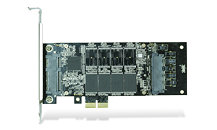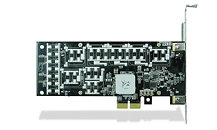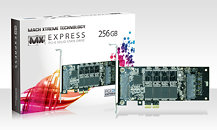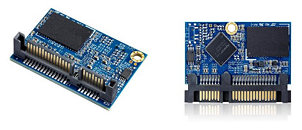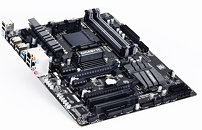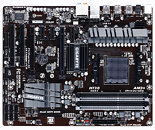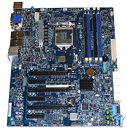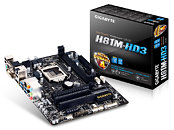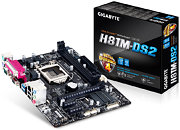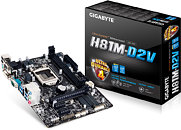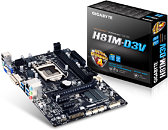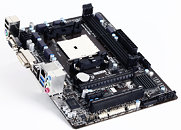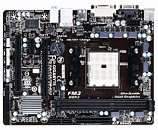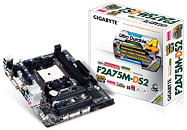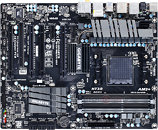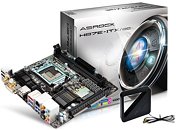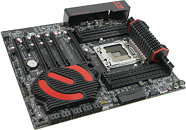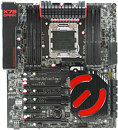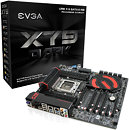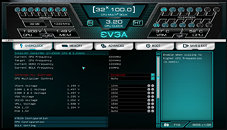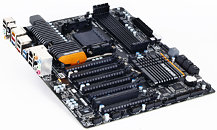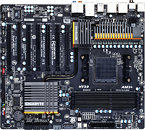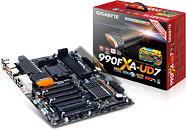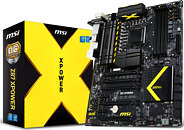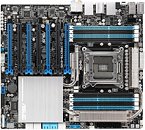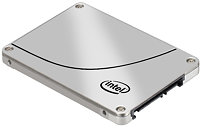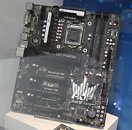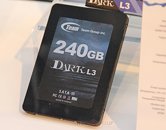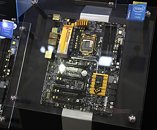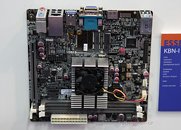MX Technology Unveils Driver-less EXPRESS PCIe SSD Card
Mach Xtreme Technology Inc., a worldwide leader in top performance, high reliability and user-friendly designed PC components, today unveiled EXPRESS Series PCIe SSD add-on card. The MX-EXPRESS is implementing advanced dual-controller technology and is based on an unique driver-less design. Based on an innovative design, the low-profile MX-EXPRESS PCIe 2.0 x2 SSD card delivers an enhanced desktop computing experience with much faster application loading times, ultra-fast data access and shorter boot-ups of today's and future high-end desktops featuring PCIe 2x / 4x /16x interface.
The MX-EXPERSS continues our tradition of catering to power users who want the fastest and smoothest performance. It meets extreme data transfer needs, utilizing a PCIe 2.0 bandwidth. This add-on card is fully compliant with AHCI standard and thus is truly plug and play solution where no drivers are needed. The MX-EXPRESS PCIe SSD card puts the very latest storage technology in users' hands and sets a new benchmark for SSD add-on cards. In addition, this series maintains the highest level of read and write performance though the life of the SSD, making it a must have item for any serious enthusiast.
The MX-EXPERSS continues our tradition of catering to power users who want the fastest and smoothest performance. It meets extreme data transfer needs, utilizing a PCIe 2.0 bandwidth. This add-on card is fully compliant with AHCI standard and thus is truly plug and play solution where no drivers are needed. The MX-EXPRESS PCIe SSD card puts the very latest storage technology in users' hands and sets a new benchmark for SSD add-on cards. In addition, this series maintains the highest level of read and write performance though the life of the SSD, making it a must have item for any serious enthusiast.
